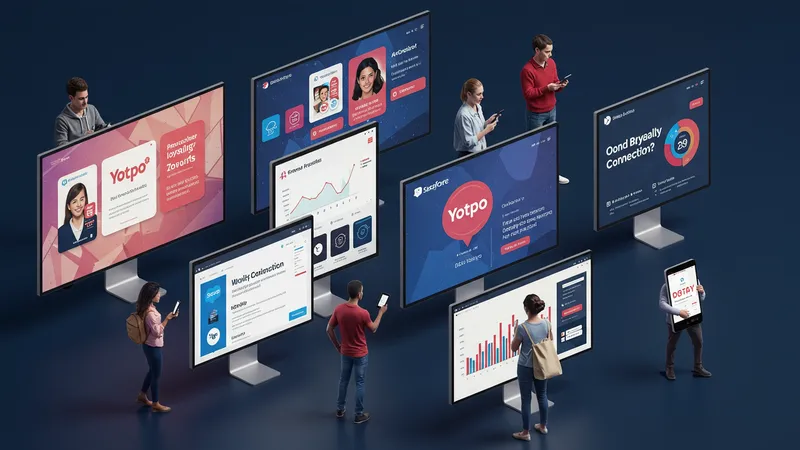
Customer Loyalty & Rewards Management Firm For Modern Businesses
Core Features in Leading Customer Loyalty & Rewards Management Firms
Feature sets are often the first major difference that distinguishes one loyalty solution from another. For example, Salesforce Loyalty Management is recognized for robust CRM integrations and personalized rewards that adapt to individual user behavior. Meanwhile, Yotpo specializes in e-commerce, offering easy integration with platforms like Shopify and Magento, and leveraging user-generated content to increase program participation.

Centralized analytics dashboards are a hallmark of firms like Bond Brand Loyalty and Annex Cloud, providing real-time views of how rewards drive customer activity across multiple touchpoints. These firms allow for seamless omnichannel engagement, connecting physical retail, online shopping, and mobile interactions under a single rewards ecosystem. For businesses targeting wide demographic groups, this flexibility and consistency underpin strong loyalty outcomes.
Beyond basic point accrual, advanced rule engines such as those offered by Talon.One and Kobie enable highly customizable rewards—like surprise gifts, partner perks, or behavior-triggered bonuses. This allows businesses to differentiate themselves, engineer memorable experiences, and respond instantly to market trends or customer feedback. Tiered reward structures, referral incentives, and gamification are increasingly common elements woven into these platforms.
Firms such as SessionM deliver on personalization through AI-powered segmentation, adjusting messaging and offers to match customer lifecycle stage or predicted preferences. These advanced suite options can require greater upfront investment but often justify their costs in long-term gains like higher customer satisfaction and lower churn. The breadth of features available means firms can cater to both massive global enterprises and niche market newcomers.